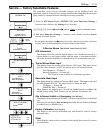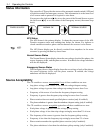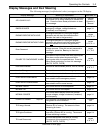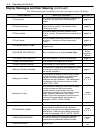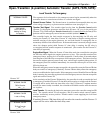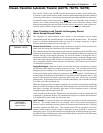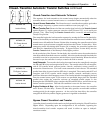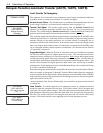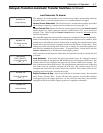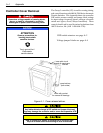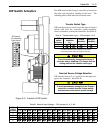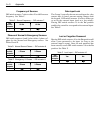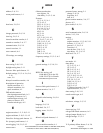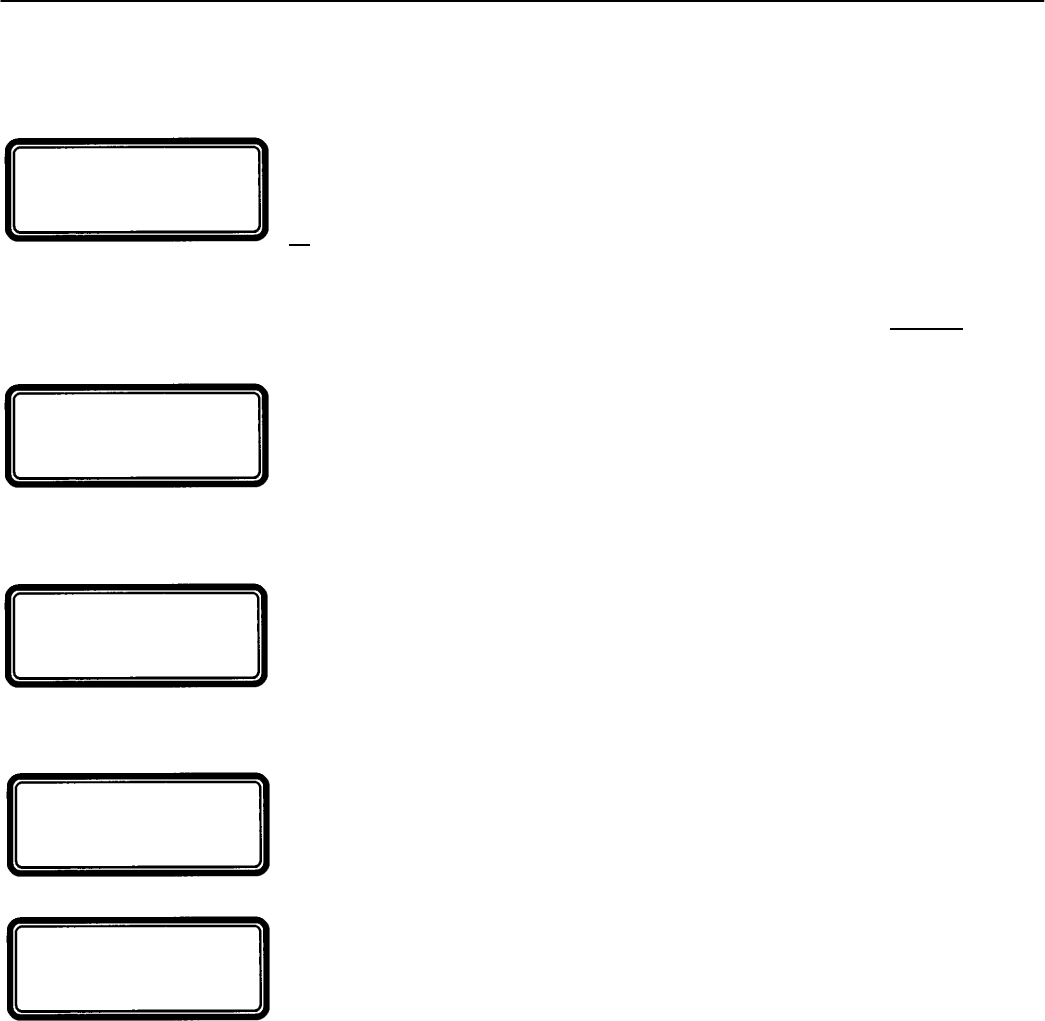
4--7Description of Operation
Delayed–Transition Automatic Transfer Switches continued
Load Retransfer To Normal
Thesequenceforloadretransfertothenormalsourcebeginsautomaticallywhenthe
controller detects a restored normal source or a cancelled transfer test signal.
Normal Source Restoration. The Normal source is considered acceptable again when
all
six voltage, frequency, or phase rotation conditions occur (see page 3–1).
Cancel Transfer Test. Removal of the test transfer signal can be by the Tra ns fe r C on tr ol
switch (Feature 5), engine–generator exerciser clock (Feature 11C), or via serial port
(Feature 72A). When using the Tr an sfe r C on tr ol switch, it must be released
from the
Transfer Test position.
The controller begins the load retransfer sequence by starting the Feature 3A time delay.
Feature 3A time delay on retransfer to normal allows the normal source to stabilize. If the
normal source fails while the Feature 3A time delay is running, the controller waits for the
normal source again to become acceptable and restarts the Feature 3A time delay. If the
emergency source fails during while Feature 3A is running, the controller bypasses the
time delay for immediately load retransfer. To bypass Feature 3A time delay, turn the
Tra ns fer Co nt rol switch to the Retransfer Delay Bypass position
At the conclusion of the Feature 3A time delay, the controller is ready to transfer the load
to normal.
Load Retransfer. To retransfer the load to the normal source in a delayed–transition
mode the controllerde–energizes the ER andER2 relaysand energizes the SE2 relay. The
transfer switch CE coil energizes and opens the CE transfer switch main contacts. The
load is disconnected from both sources. The load disconnect time delay starts. When this
time delay ends the controller energizes the ER relay . The transfer switch CN coil
energizes and closes the CN transfer switch main contacts. The transfer switch is now
supplying the load from the normal source again
Engine Cooldown & Stop. After load retransfer to the normal source, the controller
starts Feature 2E time delay. Feature 2E time delay provi des an unloaded cooldown
running period for the engine–generator. At the end of the time delay, the controller
energizes the NR relay and the engine–generator is signalled to shutdown.
NORMAL OK
TD Engine Cooldown
__min __s
NORMAL OK
TD Emerg>Normal
__min __s
NORMAL OK
Load on Emerg
NORMAL OK
Load on Normal
TEST MODE
TEST CIRCUIT 5
TD Load Disconnect
__min __s



